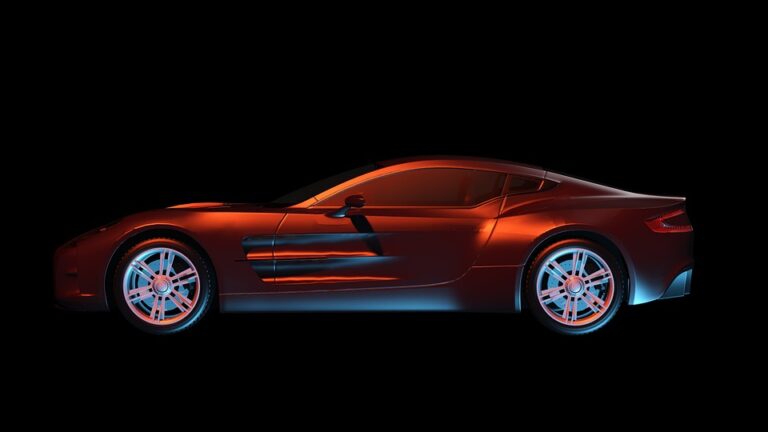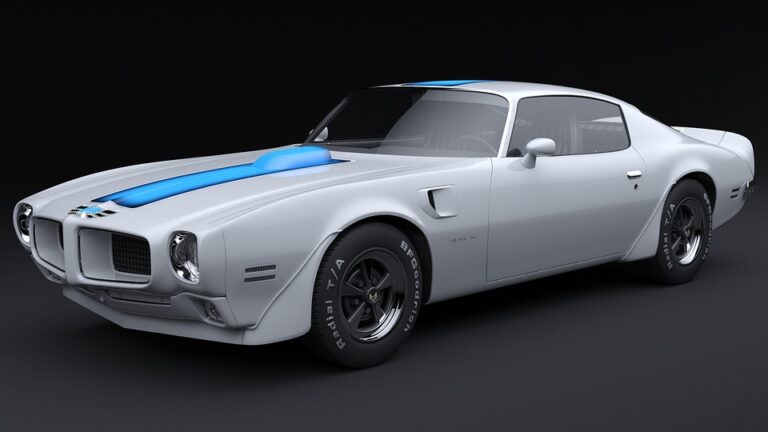Drifting Competitions: History, Rules & Skills

In the exhilarating world of motorsports, drifting has carved out a unique niche that has captivated audiences worldwide. Originating from the winding mountain roads of Japan, drifting has evolved into a competitive sport that combines precision driving with artistic flair.
If you’ve ever found yourself mesmerized by the sight of a car gracefully sliding sideways through a corner, you’re not alone.
The Origins of Drifting
The art of drifting can trace its roots back to the 1970s in Japan, where it emerged from the illegal street racing scene. The legendary driver Kunimitsu Takahashi is often credited with laying the groundwork for drifting as we know it today.
Takahashi’s innovative cornering techniques, which involved intentionally oversteering to achieve a controlled slide, quickly gained popularity among street racers.
As the sport gained momentum, it caught the attention of Keiichi Tsuchiya, a professional racer who became known as the “Drift King.” Tsuchiya’s influence was pivotal in transforming drifting from an underground activity into a recognized motorsport.
He showcased his skills in videos and exhibitions, inspiring a new generation of drivers and paving the way for organized drifting competitions.
The Evolution of Drifting Competitions
Drifting competitions have come a long way since their early days on the streets of Japan. Today, they are held in professional settings, with events taking place on purpose-built tracks designed to challenge drivers’ skills.
The most prestigious drifting competition series is the Formula Drift Championship, which attracts top drivers from around the globe.
The competition format typically involves two main components: solo runs and tandem battles. During solo runs, drivers showcase their skills individually, aiming to impress judges with their speed, angle, and style as they navigate through a series of corners.
The tandem battles, however, are where the true excitement lies. In these head-to-head duels, two drivers compete side by side, testing their ability to maintain proximity and control while executing precise drifts.
Judging Criteria and Scoring
Drifting competitions are judged based on a combination of factors that assess both technical skill and artistic expression. The primary criteria include line, angle, speed, and style.
Line
The line refers to the path a driver takes through a corner. Judges look for drivers to follow an ideal line that maximizes speed and showcases their control over the vehicle.
Angle
Angle is the degree to which a car is sideways during a drift. Greater angles are generally more impressive, but maintaining control is crucial.
Speed
Speed is another critical factor, as faster drifts demonstrate a driver’s confidence and mastery of their vehicle.
Style
Style encompasses the overall flair and showmanship a driver brings to their performance. This includes factors such as smoke generation, smooth transitions, and the driver’s ability to maintain control while pushing the limits of their car.
The Skills Required for Drifting
Drifting is a demanding sport that requires a unique set of skills. While traditional racing focuses on the fastest route from point A to point B, drifting emphasizes control and finesse. Here are some of the key skills that successful drifters must master:
Car Control
Exceptional car control is the foundation of drifting. Drivers must be able to manipulate the car’s throttle, brake, and steering with precision to maintain a controlled slide.
Spatial Awareness
Drifters need a keen sense of spatial awareness to judge distances accurately and maintain proximity to other vehicles during tandem battles.
Quick Reflexes
The ability to react swiftly to changing conditions is essential. Drifters must anticipate the car’s movements and make split-second adjustments to stay on course.
Mechanical Understanding
A deep understanding of vehicle dynamics and mechanics can give drivers an edge, as they can fine-tune their cars for optimal performance.
The Cultural Impact of Drifting
Drifting has transcended its motorsport origins to become a cultural phenomenon. Its influence can be seen in various aspects of popular culture, from video games and movies to fashion and music.
The “Fast and Furious” movie franchise, for example, played a significant role in popularizing drifting in the Western world, introducing audiences to the thrill of sideways driving.
Drifting events also attract a diverse fan base, creating a vibrant community of enthusiasts who share a passion for the sport. These events often feature car shows, live music, and other entertainment, transforming them into full-fledged festivals that celebrate the art of drifting.
The Future of Drifting Competitions
As drifting continues to grow in popularity, the future looks bright for this dynamic motorsport. Advances in technology are likely to play a significant role in shaping the evolution of drifting competitions.
From improved tire technology to the integration of electric vehicles, innovation will undoubtedly influence how drivers compete and how judges evaluate performances.
Moreover, the global expansion of drifting competitions is expected to continue, with new markets and audiences embracing the sport.
As more countries host events and develop their own drifting cultures, the sport will continue to evolve and diversify, bringing fresh talent and perspectives to the forefront.
Conclusion
Drifting competitions offer a unique blend of skill, style, and excitement that captivates both participants and spectators alike. From its humble beginnings on the mountain roads of Japan to its status as a global motorsport, drifting has come a long way.
Its combination of technical precision and artistic expression sets it apart from other forms of racing, making it a truly unique and inspiring sport.
Whether you’re a seasoned motorsport enthusiast or new to the world of drifting, there’s no denying the allure of watching a car elegantly slide through a corner at high speed. As drifting continues to evolve and capture the imagination of audiences worldwide, it remains a testament to the creativity and passion of those who dare to push the boundaries of what’s possible on four wheels.






